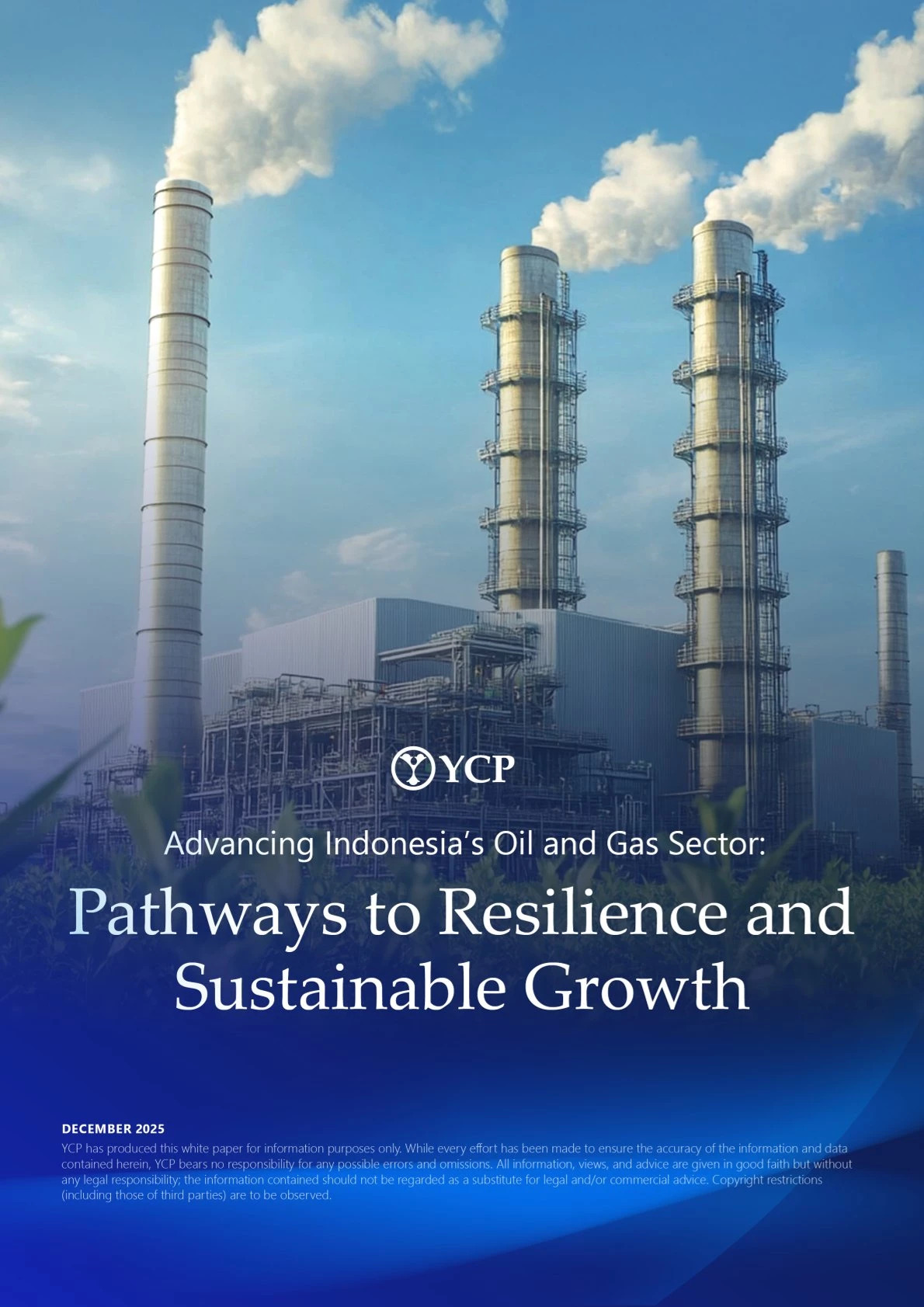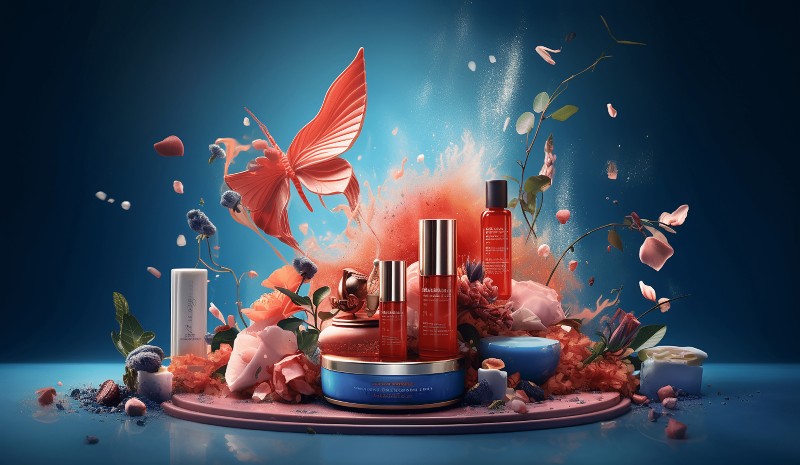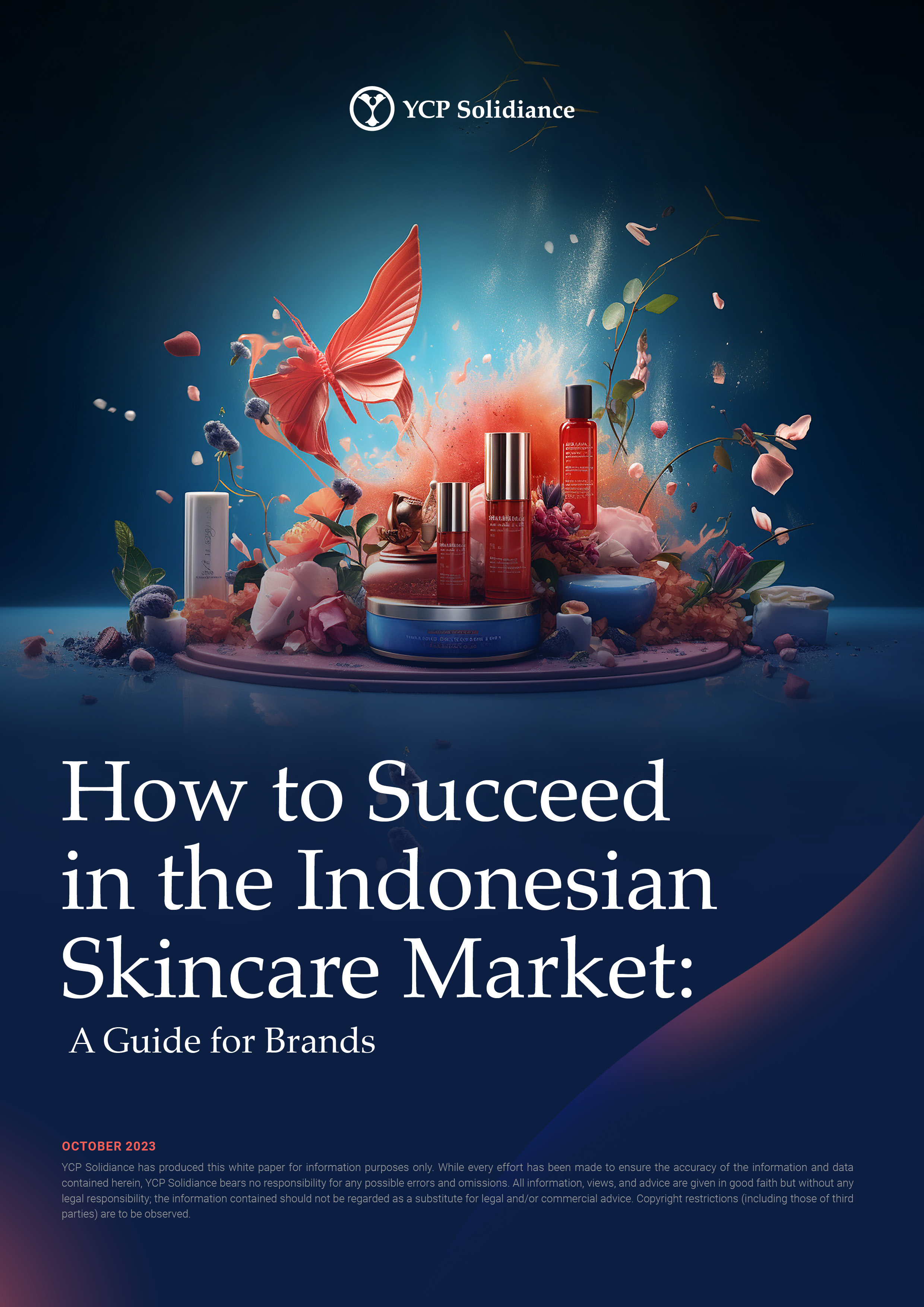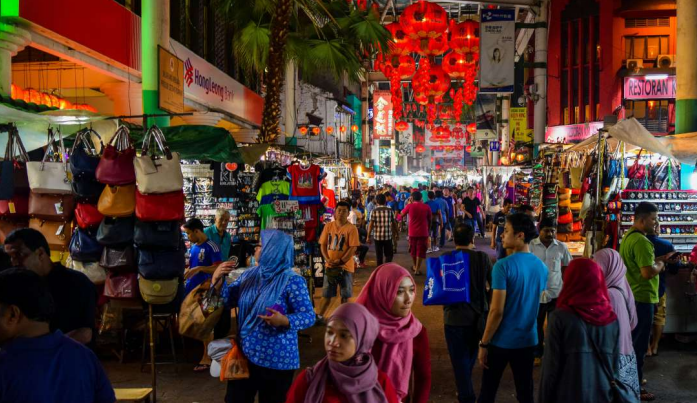The Indonesian skincare market is experiencing robust growth, driven by several key factors, including the increased adoption of social media and rising disposable income. Projections indicate that the industry will maintain this growth trajectory with a 4.6% compound annual growth rate (CAGR) over the next four years.
Consumer Preferences
Local brands like Wardah are very popular in this growing market, while imported brands like SK-II compete fiercely. China and South Korea are the leading importers of the market.
Skincare brands mainly leverage e-commerce channels based on the preferences of consumers due to their competitive pricing and convenient access to reviews. For offline channels, store outlets remain in demand for customers to try products and consult with experts. Local brands tend to focus on wide-reaching distribution, while imported brands aim for a more precise target audience, typically comprising the middle to upper class.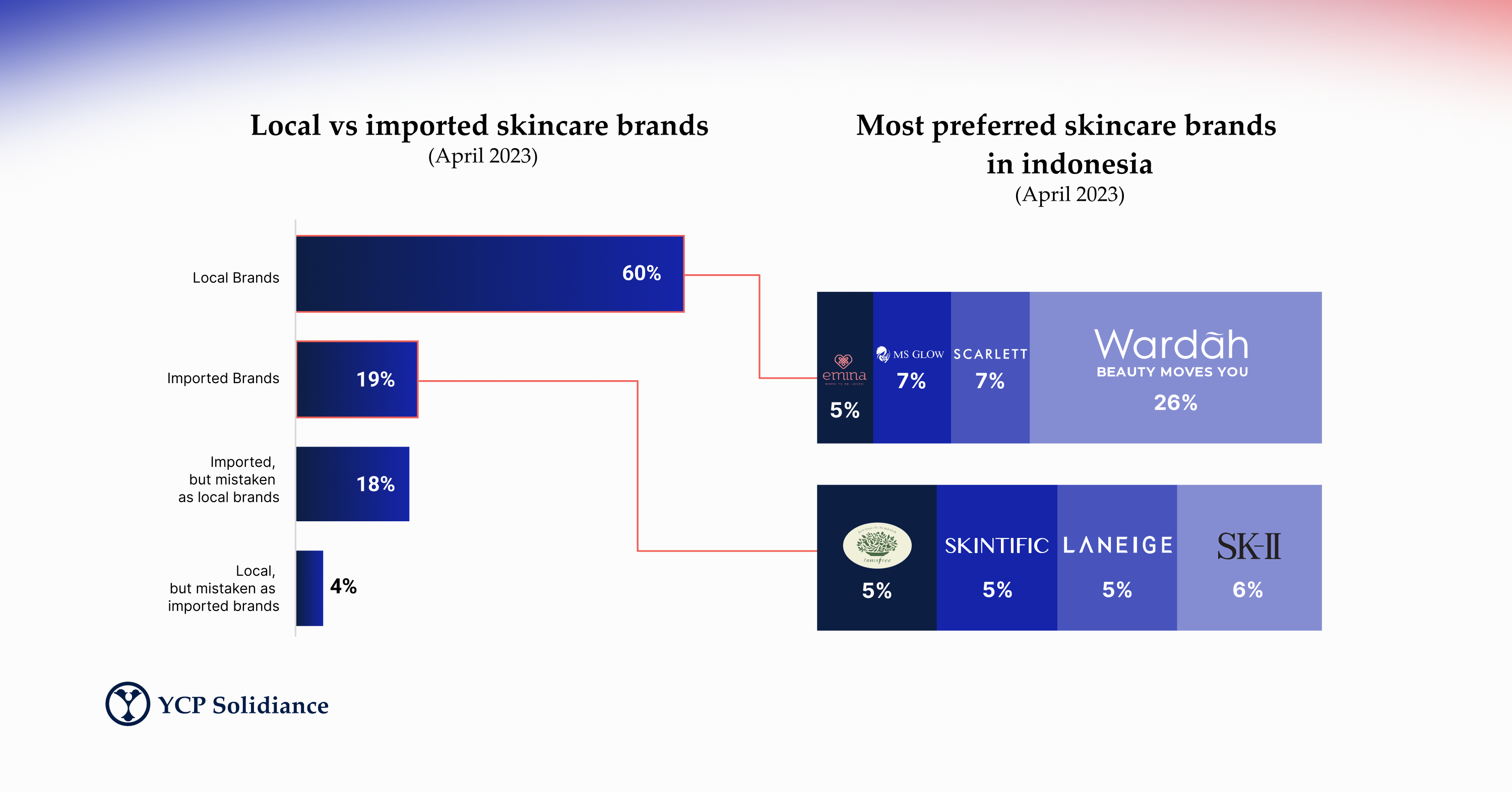
Consumers are concerned with the ingredients of their skincare products in line with beauty goals. In line with consumer needs, top skincare companies in Indonesia have adopted various strategies for success, including rapid product development, the incorporation of natural science-based ingredients, and proactive engagement with key opinion leaders (KOLs).
Understanding the intricacies of the local skincare market, executing effective marketing strategies, and compliance with product regulations are crucial for achieving success in Indonesia. For an in-depth and comprehensive analysis of the Indonesian beauty and skincare industry, download our latest report.
Author
Septian Waluyan
Septian is a Partner based in Indonesia. He built his expertise in the consulting industry in Indonesia with a focus in Oil & Gas, Chemicals, Consumer & Retail, and Manufacturing.
Recent White Paper
See All